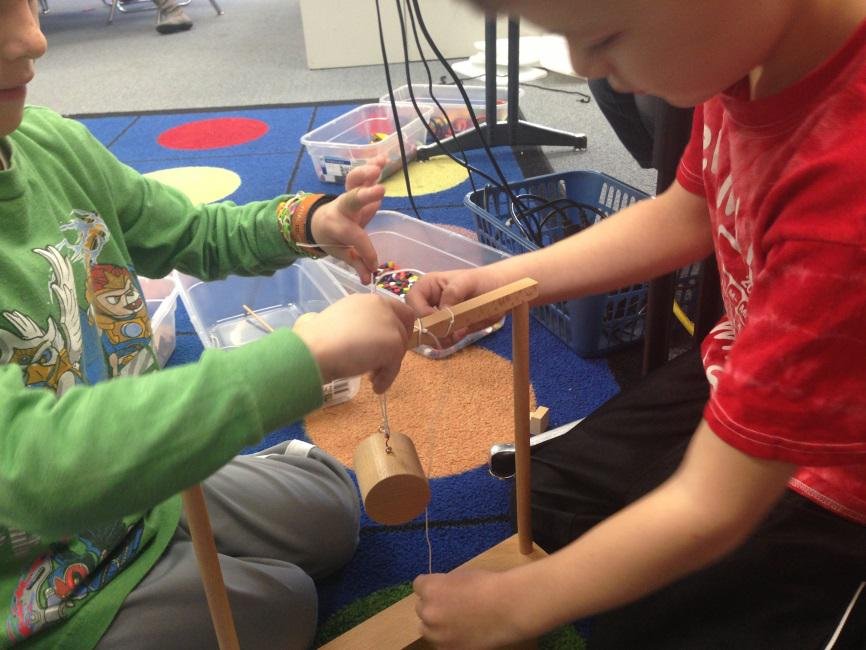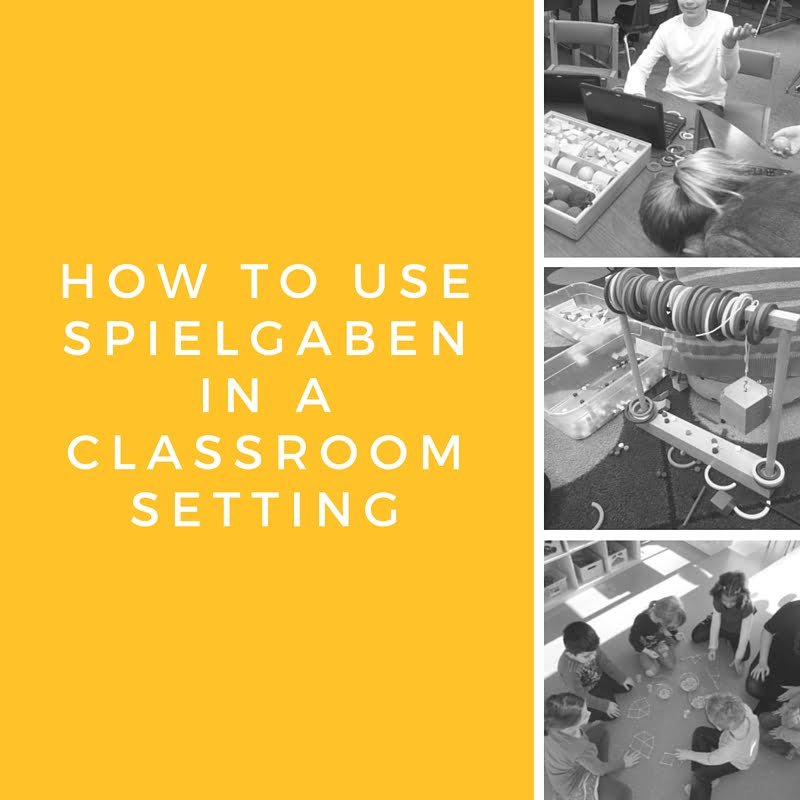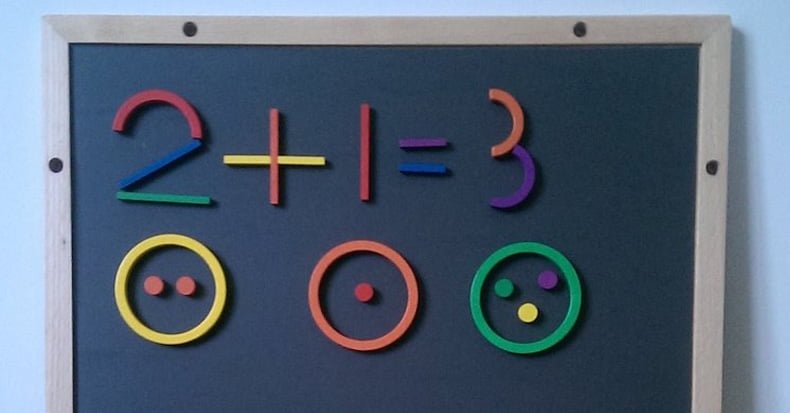Reggio Emilia and Spielgaben
Reggio Emilia and Spielgaben: The Reggio Emilia approach to education is a philosophy which was developed following World War II by the residents of Reggio Emilia, Italy. The method was developed from a desire by a group of parents and educators to create change and create a community-centered approach to teaching and learning by young children.
The founder and director of the movement was Loris Malaguzzi, whose work was influenced by many early childhood psychologists and specialists such as Piaget, Vygotsky, Dewey, and Bruner and was inspired to create an atmosphere that would best support and encourage early childhood development.
Principles of Reggio Emilia
The Reggio approach has natural child development at the core of its program, and uses the following principles as a guide:
- Children learn best through experiences like touching, seeing, hearing, moving and listening.
- Children should have some control over their own learning, and it should not be dictated or prescribed
- Children need many ways to express themselves
- Children should have relationships with other children and adults
- Children should have a relationship with material items that they should be allowed and encouraged to explore
The Reggio Emilia approach approaches the teacher-student relationship differently than it is viewed within some other philosophies. The Reggio approach views the teacher as a co-learner and co-constructor of knowledge alongside the child as opposed to being the giver of knowledge and the child the recipient.
The Importance of the Environment
It is important to Reggio Emilia educators that children interact with their physical environment, which is carefully structured to include several central elements. Reggio classrooms are filled with natural light and plants. They are arranged in such a way that there are large areas for exploration of materials.
The materials that children are exposed to include items that allow for free exploration and many methods of self-expression. Ideal materials are stimulating and interesting enough to be used in many open-ended ways.
The Spielgaben in a Reggio Emilia Setting
Given its basis in play-based, child-centered learning, the Reggio Emilia classroom is the perfect home for the toys known as Spielgaben. The Spielgaben is a set of toys modeled on the work of Friedrich Froebel, who created the kindergarten, and the toys known as the Froebel Gifts. The Froebel gifts were created based on the philosophy that children learn best through interactions with their environment, and that they should be experiencing concepts such as mathematical ideas and spatial reasoning in a real, hands-on way. Both Frank Lloyd Wright and Albert Einstein played with Froebel toys as a child!
The Spielgaben were designed with the same types of principles that are so important in the Reggio Emilia classroom. These toys were designed to promote free exploration, self-discovery and long term use.
What Are the Spielgaben?
The Spielgaben is a set of toys that are designed to be used in exactly the type of setting that the Reggio Emilia philosophy promotes. It consists of thirteen different play sets (or gifts) designed to build upon and complement each other.
The toy sets are composed of wooden building materials, based on geometric principles. The first set contains a group of woolen spheres, some of which are attached to strings. This gives children the opportunity to explore the concept of a sphere and also investigate movement.
The second set builds upon the concept by introducing children to wooden spheres, and also a few other three dimensional wooden shapes. Subsequent sets introduce the rest of the three dimensional shapes, and then move on to two-dimensional shapes. Also contained in the gifts are sets which introduce lines, curved lines, and finally points.
The toys are constructed of high quality materials, and are designed to last for many years. The set are plentiful and contain enough pieces for children to construct large projects, or for many children to play together at once.
Using the Spielgaben in Reggio Emilia
The Spielgaben were created to reintroduce the idea of child as creator of their own learning. These toys are designed for open-ended use where children are exploring, sorting, building and creating. Children do not become bored with the Spielgaben because of the endless ways that it can be used. They can explore one set until they have exhausted it, then move on to a new set, or begin to combine sets. It truly allows the child to be in control of their own learning.
When children play with the Spielgaben, they learn at their own pace and interest level. Due to the creative and inquisitive nature of children, they will often come up with many new ways to play with the toys that adults had not considered.
Children can use these toys to begin investigating shapes and making connections with the natural world around them, which is a cornerstone of the Reggio Emilia approach. Frank Lloyd Wright often attributed his geometric architectural style and connection to nature to fundamentals learned through his play with the Froebel Gifts!
The Spielgaben represent the Reggio Emilia philosophy of child-centered learning, exploration and discovery while encouraging responsibility, respect and a sense of community. They can be used in Reggio philosophy schools, or by parents who are looking to implement the Reggio principles into their child’s education at home.
The benefit of these toys is immense. Spielgaben has taken the Froebel Gifts and recrafted them to make them more accessible to today’s audience. Included in the sets are several users guide to help parents and educators understand the full potential that these toys have to offer, as well as some activity suggestions.
If you are looking for an education toy that will truly stimulate thinking and creativity, that fits in to the Reggio Emilia philosophy, then you should consider adding the Spielgaben to your environment.
Lastly, here are couple of examples how Spielgaben used for Reggio Emilia philosophy learning.
http://theimaginationtree.com/2013/10/exploring-shapes-patterns-mirror-box.html
http://www.learnwithplayathome.com/2013_09_01_archive.html













LEAVE A COMMENT